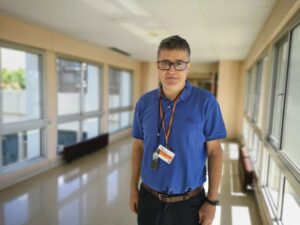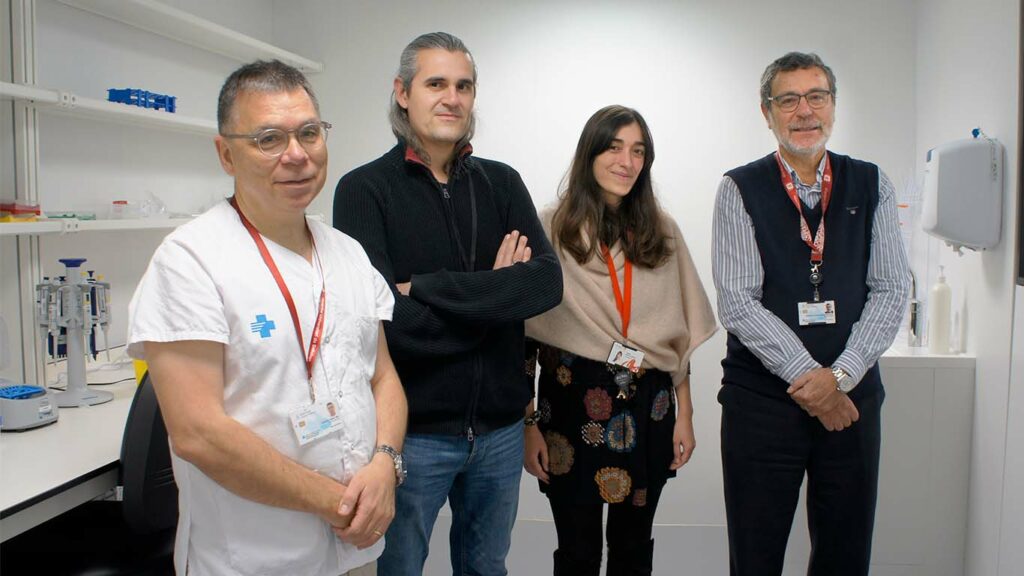Now, a team of researchers from the Bellvitge Biomedical Research Institute (IDIBELL), the Catalan Institute of Oncology (ICO), and the Bellvitge University Hospital (HUB) has generated a mouse model capable of mimicking human endometrial tumors. This new model, which is generated from a biopsy of the original tumor, can be the basis for research on new treatments and, more importantly, allow individual tumor studies to define the best treatment for each patient. The results of the study have been published in the journal Advanced Science.
The survival rates of endometrial cancer have not improved over the last 40 years. The therapeutic options to treat this cancer are limited, and when a patient stops responding to the first treatment, there are very few alternatives to fight cancer.
Dr. David Llobet-Navas, a principal investigator at IDIBELL and one of the three project leaders, explains: “This new model will allow us to study in real time the best therapeutic option for that specific patient and advance the disease evolution, and thus be more effective and avoid unwanted side effects.”
A mouse model to implant human tumors
 To generate the model, the researchers have implanted a biopsy of the human tumor in the same tissue of the mouse. In this project, they studied a collection of 15 mice with 15 different human endometrial tumors.
To generate the model, the researchers have implanted a biopsy of the human tumor in the same tissue of the mouse. In this project, they studied a collection of 15 mice with 15 different human endometrial tumors.
After implanting the tumors and allowing them to evolve for approximately 100 days, the researchers have determined that these implants maintain the molecular and morphological characteristics of the original tumors, making them a great research model.
“Cancer is not a homogeneous disease, on the contrary, each case is different and there are many factors involved, not only genetic, but also environmental. For this reason, this model is so useful to us, because it reproduces the behavior of a human tumor in its environment”, says Dr. Alberto Villanueva, also a project leader, and leader of the research group at IDIBELL and the Catalan Institute of Oncology.
Search for new treatments for endometrial cancer
Between 15 and 20% of patients with endometrial cancer develop resistance to treatment, which is a big problem when no therapeutic alternatives exist. Consequently, the life expectancy of these women is less than a year.
In this study on the Bellvitge Campus, thanks to the new model, they have verified that tumors that present a specific mutation in the HER2 gene are sensitive to a drug called trastuzumab. In previous studies and clinical trials currently underway, the possible effectiveness of this compound had already been pointed out in a small percentage of patients with endometrial carcinoma. This study opens the range of therapeutic opportunities to more patients.
“We have generated a model that can boost endometrial cancer research, especially new therapeutic pathways exploration since we have verified that we can reproduce genetic profiles in tumors that reveal unexpected vulnerabilities,” says Dr. Xavier Matias-Guiu, leader of the IDIBELL gynecological cancer research group and Head of the HUB’s Pathological Anatomy Service.
This project hs received funds from La Fundació La Marató, Associació Española Contra el Cáncer (AECC), Instituto Carlos III, European Regional Development Fund and Genralitat de Catalunya.

